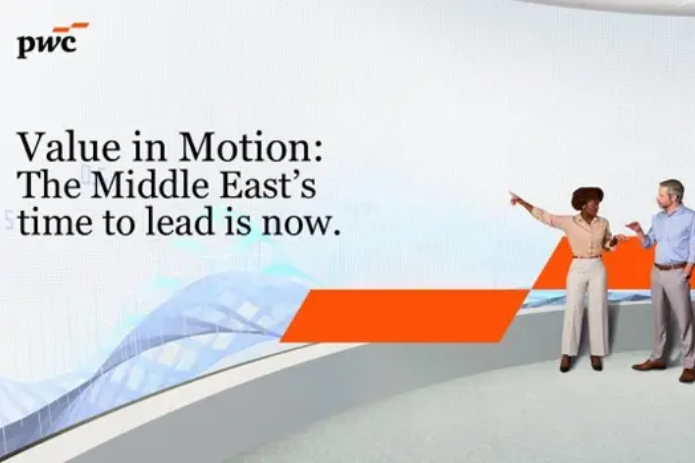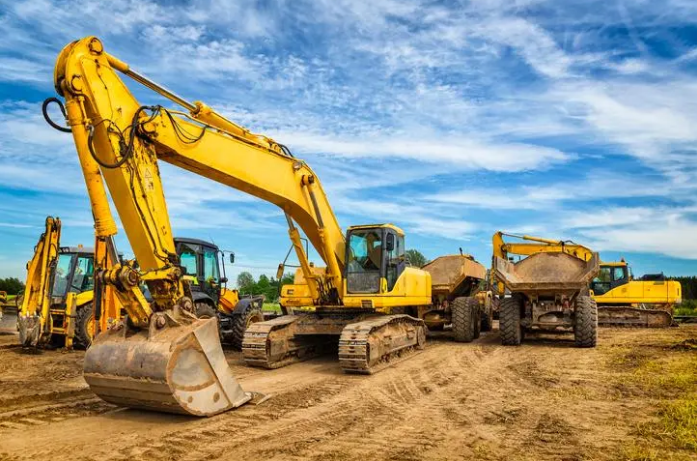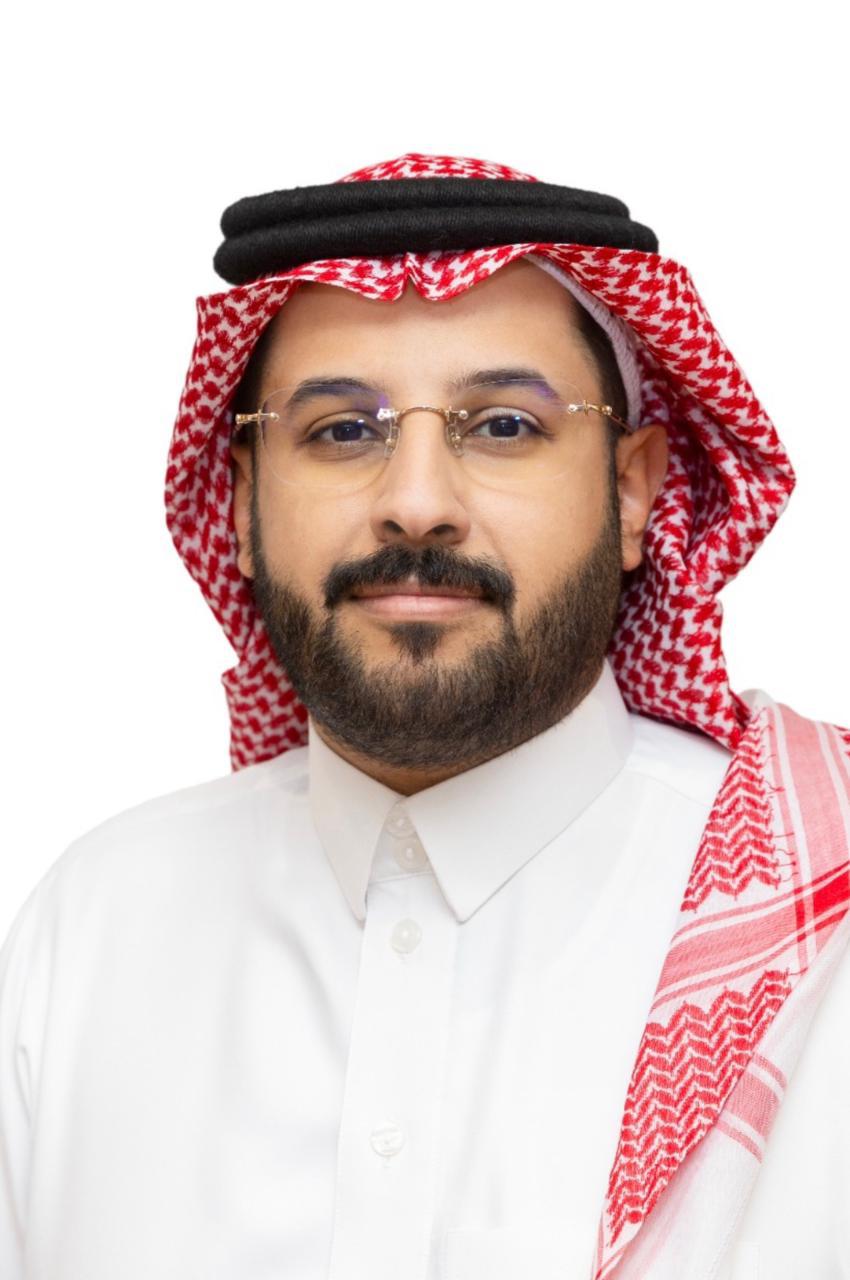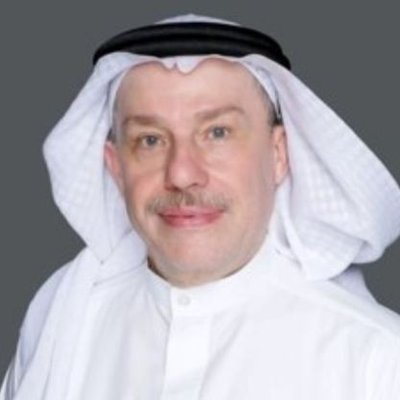Publisher: Maaal International Media Company
License: 465734
Strategic AI adoption and climate resilience could add $232bln to Middle East GDP by 2035, reports PwC
New research published today by PwC outlines three divergent data-driven scenarios for the Middle East in 2035, revealing a US$232 billion opportunity if regional governments and businesses successfully harness AI-driven productivity gains and manage the economic impacts of climate change. The research, Value in Motion: The Middle East’s time to lead is now, also suggests that over the next decade, industries will reconfigure to meet human needs in new ways, leading to the formation of new ‘domains’ that cross traditional sector lines. These shifts will create opportunities for businesses and organisations to reinvent themselves and target new client bases, form cross-sector alliances and innovate their service and operating models.
With bold climate commitments, access to the world’s lowest-cost renewable energy and rapidly advancing AI capabilities and infrastructure, the Middle East holds a unique strategic advantage and is well-positioned to lead the next wave of sustainable, tech-enabled economic growth.
PwC’s modelling shows that under a business-as-usual scenario, regional real GDP could grow by 41.8% by 2035. But when factoring in climate-related risks – such as heatwaves, water scarcity and flooding – this growth drops by 13.9 percentage points to a net increase of 27.9%, placing GDP at US$4.57 trillion. This serves as the foundation for assessing three distinct future scenarios globally, and their impact in the Middle East.
اقرأ المزيد
At stake is US$232 billion – the gap between the region’s most optimistic and constrained economic futures. In the most optimistic scenario, widescale AI adoption could add 8.3% through productivity gains; this, combined with decisive climate action could lift GDP to US$4.68 trillion by 2035.
Stephen Anderson, Chief Strategy & Technology Officer at PwC Middle East, said: “The decade ahead will challenge the region’s imagination and capabilities like never before. As the dynamics of the ‘three tomorrows’ unfold, they will reshape the Middle East’s economy. To stay ahead, businesses and governments must act with pace, purpose and partnership – reimagining traditional models to unlock the competitive advantage the region is uniquely positioned to deliver.”
The research introduces a new framework structured around emerging ‘domains of growth’ – such as how we move, fuel, build, care, compute and connect. These cross-industry ecosystems signal the future of value creation, replacing traditional sector silos with more dynamic, interconnected opportunities.
The report also highlights the role of clean energy in powering AI infrastructure and scaling innovation. As global hyperscalers ramp up investment, the Middle East’s renewable energy advantage could help it become a regional and global AI hub.
Dr. Yahya Anouti, Partner at Strategy& and PwC Middle East Sustainability Platform Leader, said: “A critical factor will be how effectively the region balances the cost and scalability of AI with the availability and affordability of clean energy to power it – especially as AI adoption accelerates at an unprecedented pace. Striking this balance will be essential to unlocking the region’s full potential.”
The report calls on governments, business leaders and academia to take bold, coordinated action to shape the region’s future. It urges governments to redesign institutions around evolving human needs – by establishing ministries focused on care or mobility and creating dedicated funds to fast-track AI adoption in public services. Business leaders are called on to reinvent operating models for a more localised, digital and low-carbon economy, while strengthening supply chain resilience and cross-sector alliances. Meanwhile, academia must anchor national progress by developing future-fit talent, advancing applied research in strategic areas, and embedding entrepreneurship across the education system.
With bold visions and world-leading capabilities, the region has the opportunity not just to adapt, but to lead. The value is already in motion – now is the time to act.








